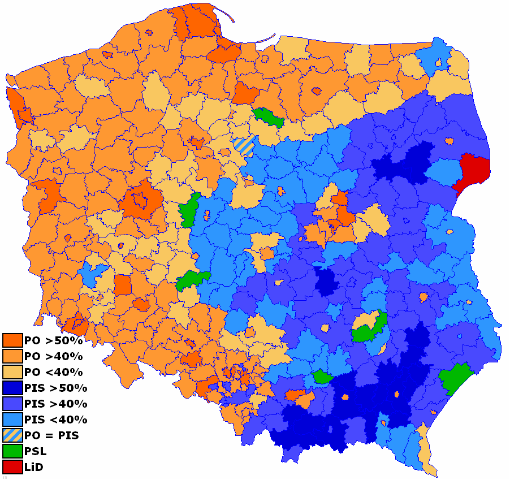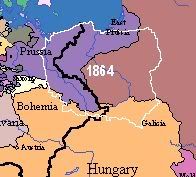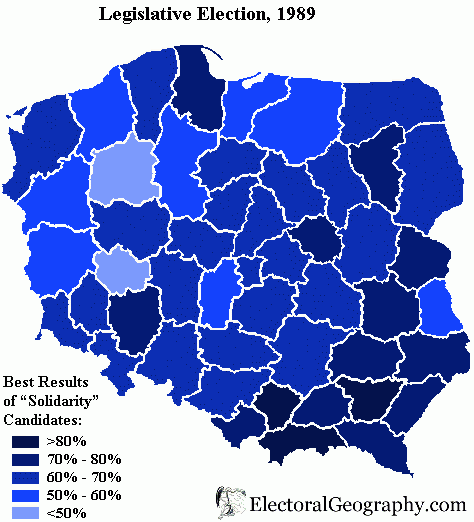• AZ-Sen: So, that anti-earmark stance from Republican leadership seemed to last a whole week or so, until everybody’s attention had moved onto something else (something about sharks attacking people in airport security lines, maybe). Jon Kyl just got a $200 million earmark to settle an Indian water rights case with the government. Kyl’s defense… and one we should expect to hear a lot from both sides of the aisle… is that it’s technically not an earmark (which seems to have a profanity-style you-know-it-when-you-see-it standard).
• CT-Sen: Joe Lieberman is hinting at an independent run as the preferred way forward out of his three-possible-ways-to-lose conundrum. In a recent interview, he said “I’ve enjoyed being an Independent so I guess that’s the most natural way to run, but I haven’t decided,” as well as “I don’t meet all the requirements of either party.” Other insiders, or at least the ones Politico is talking to, say that Lieberman’s choices at this point are essentially retiring or becoming a Republican. (One reason they cite is the recent collapse of the CfL “Party,” which failed to get the 1% needed to maintain its ballot place… although that overlooks the fact that the CfL was, several years ago, hijacked by waggish Lieberman opponents).
• FL-Sen: The first announced Republican candidate for the Senate in 2012 is both a Some Dude and a familiar face: college instructor Mike McCalister. If the name rings a bell, he got 10% in this year’s gubernatorial primary by virtue of not being either Rick Scott or Bill McCollum. As for temp Sen. George LeMieux, a reported possible candidate, his current status is still “no decisions yet,” albeit “I do feel a calling to serve.”
• KY-Sen: Here’s some pointless post-mortem about Kentucky, but it’s the first I’ve heard any major player from Team Blue say that the “Aqua Buddha” ad was a net liability for Jack Conway. Outgoing DSCC Bob Menendez said his main regret was not asking for better briefings about candidates’ ads, and he cited the anti-Rand Paul ad as a particular “killer.”
• PA-Sen: The first announced GOP candidate in Pennsylvania has also surfaced, and he’s also on the cusp between Some Dude and whatever’s one step higher than that. Marc Scaringi was a legislative aide to Rick Santorum back in the 1990s, and is currently a lawyer in Harrisburg. (The article also cites one other potential GOP challenger in addition to the usual Jim Gerlach/Charlie Dent suspects: incoming state House majority leader Mike Turzai, whom you might remember weighing and deciding against a PA-04 run in 2010.) As for Bob Casey Jr., he’s running again, although his main concern for the next year seems to be upping his low-key profile.
• NY-23: After making some waves yesterday with saying he was at least considering voting for John Boehner in the floor leadership vote, Bill Owens is now just saying he was “blowing off steam” and will vote for her as long as she promises to focus on jobs. (In other words, he probably got a call from leadership explaining the consequences.)
• CA-AG: Kind of a foregone conclusion at this point, given his 40,000 vote deficit, but Steve Cooley has just conceded the Attorney General’s race, with Democratic San Francisco DA and rising star Kamala Harris the victor.
• KY-AG: Here’s a surprise: after a few weeks of hype concerning a 2011 battle royale between Jack Conway and Trey Grayson for Attorney General, Grayson suddenly reversed course. Rather than run again for SoS, where GOPers were already lining up, he apparently won’t run for anything, other than the sweet embrace of the private sector.
• Chicago mayor: One more poll gives Rahm Emanuel a sizable edge in the Chicago mayoral race. He has 39% support in a Chicago Retail Merchants Association poll, followed by Carol Mosely Braun at 12, Gerry Chico at 9, Danny Davis at 7, and His Accidency, Roland Burris, at 2. The real question here seems to be whether Emanuel can win on Feb. 22 without a runoff (which would be Apr. 5).
• AR-St. House: Here’s an interesting situation in Arkansas, where Dems still control the state House (albeit with reduced numbers) but an unusual special election is already on tap. Democratic State Rep. Rick Saunders was apparently going to be given a pass to serve another two years despite being term-limited out, because the guy who won the seat in November, GOPer Keith Crass, did so despite being dead. He beat Dem Larry Williams despite dying during the early voting period. Now Saunders says he’ll resign in early January so a special election can be held (in April at the earliest).
• Washington: It looks like all the counting in Washington is finally done, with turnout a whopping 71% (thanks to the mail-in nature of the election, which goes a long way toward evaporating the ‘enthusiasm gap’). Patty Murray wound up winning by just shy of 5%, right where UW’s polling put it, compared with the out-of-state robo-pollsters who saw a much closer race. Dems still control both chambers of the state legislature by decent (but not supermajority anymore) margins, after losing 4 seats in the 49-seat Senate and 5 in the 98-seat House. Three races where the Dem trails (Randy Gordon in the Senate, and Dawn Morrell and Kelli Linville in the House) are apparently going to recount, though, by margins ranging from 47 to 194.
• Money: The Dems, after getting outgunned on the dark money front in 2010 by a wide margin, aren’t going to be caught napping this time (and this time, unlike 2008, they seem to have Barack Obama’s tacit approval). David Brock (in his quest to become the left’s answer to Karl Rove) is busy revving up his own 527/501(c)(4) type-thing for corraling large donations from undisclosed donors. The good news: they’ve already lined up $4 million in commitments. The bad news: they’re being led by Kathleen Kennedy Townsend (although maybe she’s better behind the scenes than she is as a campaigner).
• History: Here’s a great look back from Greg Giroux at Senate cycles where one party was defending more than 10 seats than the other party (as the Dems will in 2012). While the last three times this happened (2006 2008, 1986, and 1980), the defending party got hammered, many of the prior examples showed little movement one way or the other, including 1976, where a number of incumbents of both parties lost (in the post-Watergate environment) but it all balanced out to zero.






